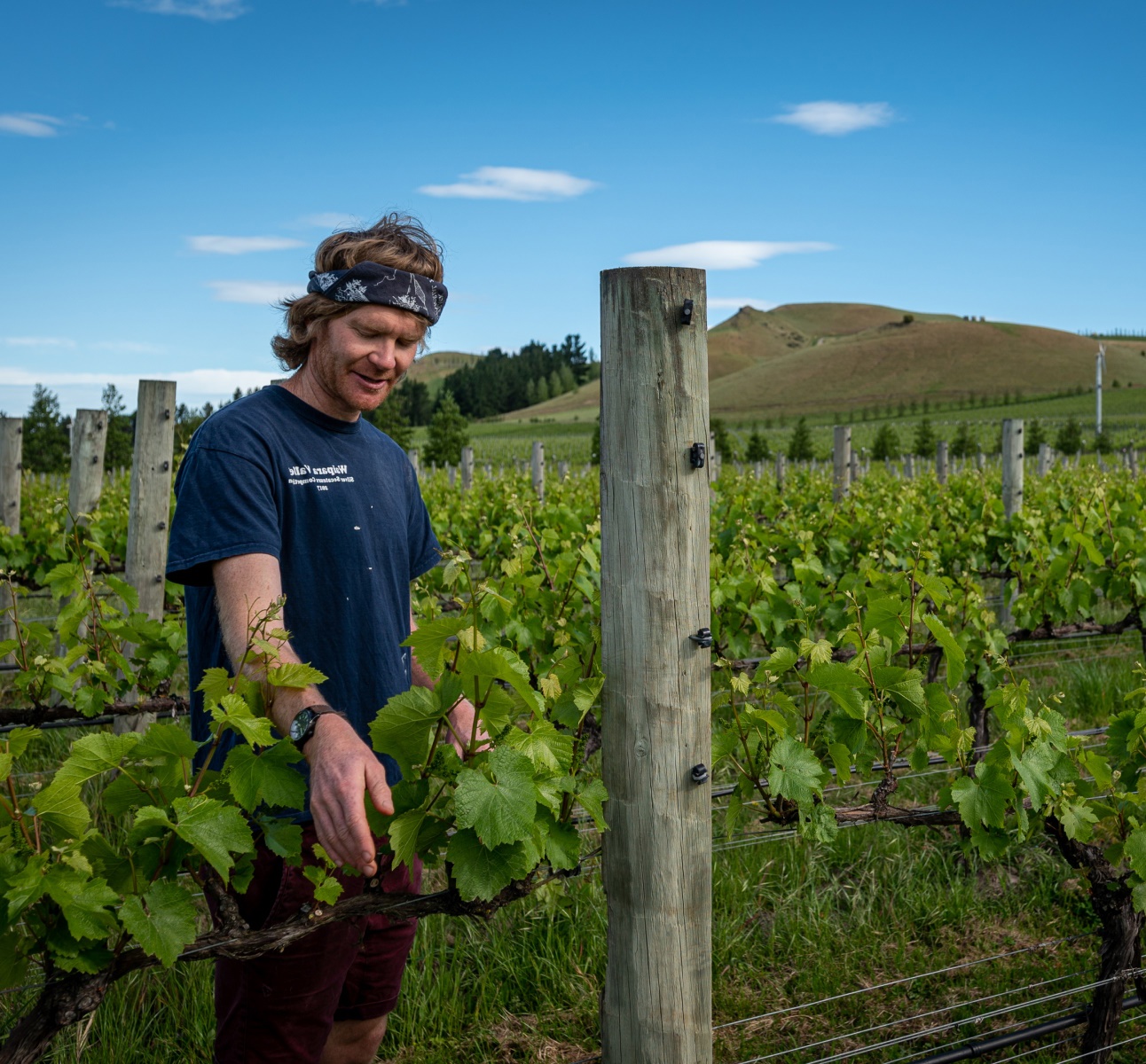New Zealand Wine and Onside Intelligence
New Zealand Winegrowers and Onside are working together to make it easier for everyone in the viticulture industry to keep biosecurity traceability records, and protect their industry.

New Zealand Winegrowers (NZW) and Onside are working together to make it easier for everyone in the viticulture industry to keep biosecurity traceability records, and protect their industry.
Growers, suppliers, contractors and anyone in the viticulture industry can now use Onside to report all plant material, machinery and equipment movements, and keep records from the field. It’s free, simple, and available through any version of the Onside app.
Using Onside to report all plant material, machinery and equipment movements on and off vineyard will enable NZW to rapidly respond to, trace, and manage incursions of pests and diseases, such as Pierce’s disease or brown marmorated stink bug.
Who does it affect?
Everyone in the industry has a responsibility to protect themselves and others from pests and diseases. Spread or incursion of exotic pests and diseases would be devastating for the industry; as it has happened before, like in the kiwifruit industry.
SWNZ provides links in their questionnaire to NZW’s biosecurity resources. NZW provides a range of biosecurity resources and templates for growers. Onside is a digital tool that makes it simple and easy to meet traceability guidelines without the paperwork.

Why is it important?
Keeping out unwanted pests and diseases, and being able to quickly spot and track anything that does get into our NZ vineyards is important as it could affect everyone in the industry.
If a biosecurity outbreak did occur, tools and systems are limited for rapidly tracing possible vectors in order to reduce, halt or eradicate the threat, or reduce potentially substantial economic losses.
There are numerous potential vectors of biosecurity risk in the viticulture industry that are not reliably or effectively traceable or trackable. This includes plant material, machinery, vehicles, internal staff, contractors, consultants, researchers, site visitors and the general public.
The viticulture industry often uses contractors and equipment that are used across many properties. With the increasing automation of viticulture and the potential of the use of these new automated machines on a contract basis, it's reasonable to expect biosecurity risks to increase further.

Why is it important?
People traditionally record movements of machinery, equipment and plant material manually. This is time consuming and ineffective to use in a response. Onside is working with NZW to roll out Onside’s app to growers. It can be used in the field on a mobile device, without the need for physical notebooks or clunky spreadsheets.
How do I enable automated recording?
If you’re an Onside customer, you’ll have received an invitation from NZW with a link to follow, or you can enable recording via your web access.
If you’re not an Onside customer and you’d like to enable recording – it’s a quick process, can get started for free here.
Getting started
If you decide to join and use Onside to record your plant, machinery and equipment movements, you’ll be contributing to NZW’s ongoing efforts to protect our industry and the livelihoods of people within it.
Contact NZW or Onside on 0800 ONSIDE if you have any questions or need any support.
FAQs
-
What am I agreeing to share with NZW?
When you enable recording via Onside, you are agreeing to share:
- plant material movement records stored in Onside.
- anonymised visitor logs with NZW.
- in the event of a biosecurity concern, NZW may ask to contact an anonymous visitor. In this case NZW will let you know before contacting this user. It is only in this case that visitor details are shared with NZW.
-
How does this programme protect the industry?
Pooling this data in a standardised format allows modelling of disease spread, which provides protection of the sector.
In the event of a biosecurity incursion or investigation, NZW will be able to contact property owners where high-risk movements have occurred, quickly trace movements and isolate any disease spread.